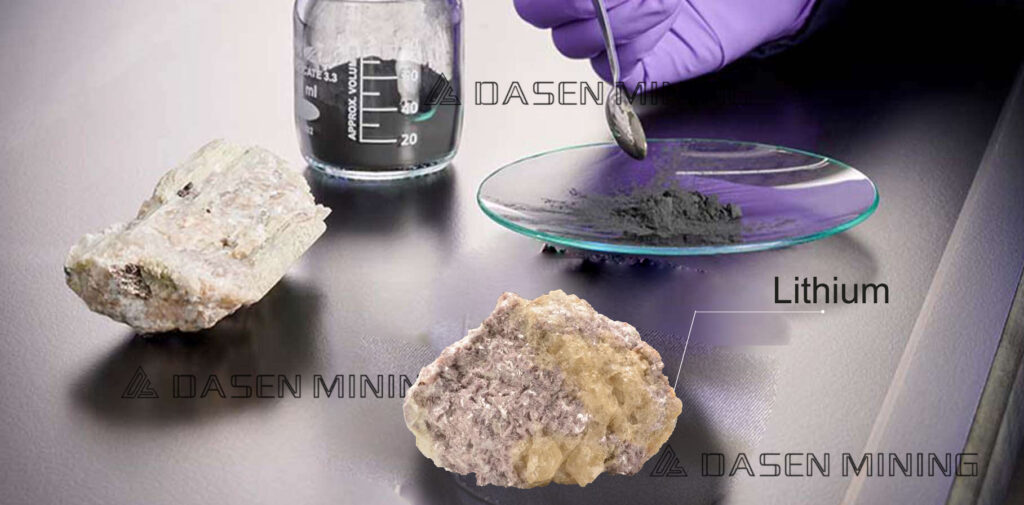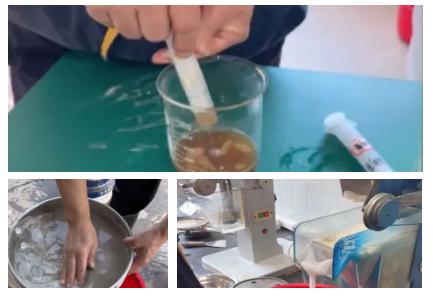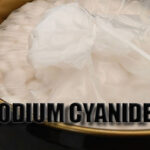
Low Efficiency of Traditional Collectors:
Common Collectors: Fatty acids and their soaps (e.g., oleic acid, tall oil), amine cationic collectors, alkyl sulfates, and sulfonates.
Key Defects:
Fatty Acid Collectors: Require large amounts, poor dispersion, and collection efficiency.
Alkyl Sulfates and Sulfonates: Effective in acidic environments but lack selectivity, collecting both spodumene and gangue silicate minerals.

Poor Selectivity and Toxicity of Regulators:
Common Regulators: Water glass, dextrin, starch, sodium fluoride, sodium sulfide.
Key Issues:
Many regulators are toxic.
Regulators often inhibit both spodumene and gangue minerals, reducing flotation efficiency.
Impact of “Inevitable Ions”:
Sources:
Grinding process introduces iron pollution due to steel balls and liners.
Flotation water (particularly backwater) contains polyvalent metal cations like Ca²⁺, Mg²⁺, and Fe³⁺.
Effects:
Iron and other compounds adhere to mineral surfaces, affecting flotation.
Differing chemical characteristics of silicate minerals result in variable flotation behavior.
Mitigation:
Efficient separation depends on proper control of flotation conditions to counteract these effects.




